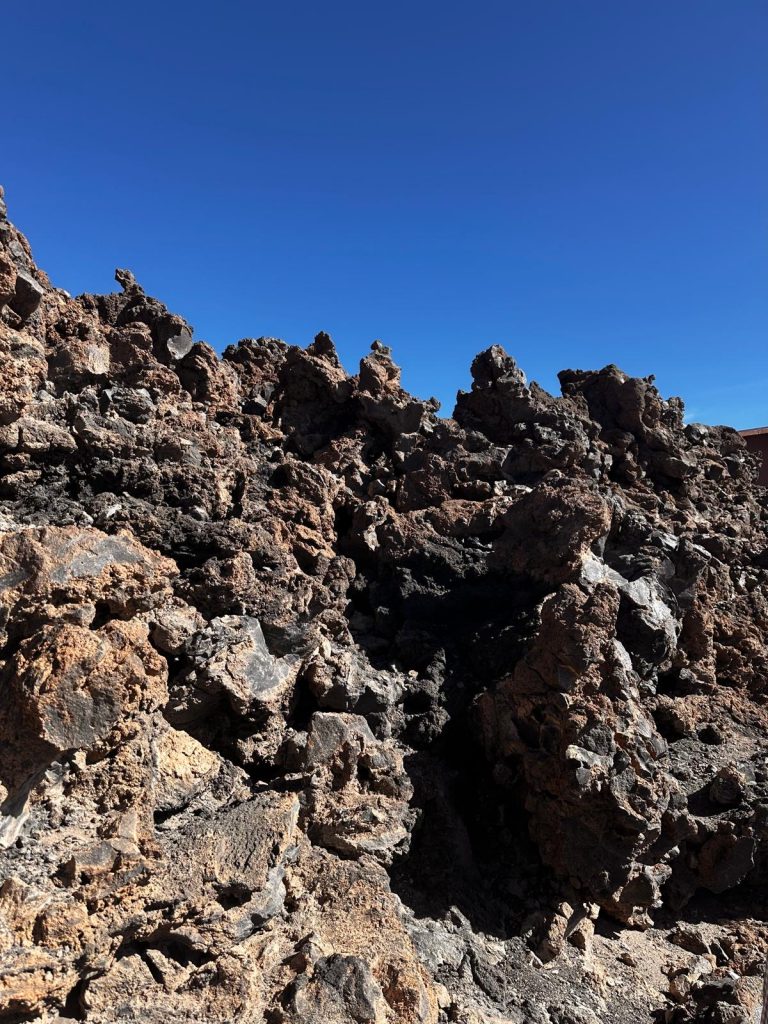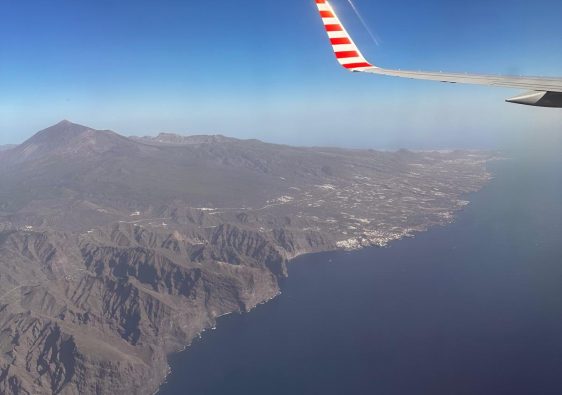Mount Teide on Tenerife, with a height of 3,718 meters above sea level, is the highest mountain in Spain and at the same time one of the most famous volcanoes in the world. This impressive formation shapes not only the landscape of the Canary Islands, but is also of great geological, ecological and cultural importance. The Teide National Park, which surrounds the volcano, was declared a UNESCO World Heritage Site in 2007. The following text explains the origin of Mount Teide, its volcanic processes, geological features, tourist use, and current research aspects.
The origin of Teide is connected with the formation of the Canary Islands through the so-called hotspot volcanism. Tenerife was formed from several volcanic massifs that grew together over millions of years through rising magma from the ocean floor. After the older massifs Anaga, Teno and Adeje joined together, the central volcanic system developed, from which Teide finally arose.
Today’s Teide is located inside the Las Cañadas Caldera, a huge collapse crater that was created by a series of catastrophic eruptions and structural collapses. Teide itself was formed during several eruption phases over the last 170,000 years. The most recent eruption happened in 1909 from the side vent called Chinyero.
The volcanic material of Teide is diverse and ranges from dark basalts over reddish trachytes to light pumice layers. This variety is the result of different chemical compositions and cooling conditions of the magma. Especially striking are the color contrasts of the lava fields – black, brown and reddish tones dominate the landscape, while ash layers form interesting patterns.
The lava flows of Teide are numerous and created strange structures like frozen waves, sharp-edged blocks or smooth surfaces (pahoehoe lava). Through slow cooling inside such flows, lava tubes formed. The best-known one is the Cueva del Viento, one of the longest lava tubes in Europe, created by the flow of basaltic lava.
At the border between lava fields and lower zones grow large Canary pine forests. This endemic tree species is very resistant to drought and fire. Its thick bark protects it from high temperatures, and after forest fires it can sprout again from sleeping buds. This ecological adaptation is an impressive example of evolution in extreme environments.
In recent decades, however, there have been frequent forest fires caused by climate change and human influence, which have caused significant damage. Nevertheless, the pine forest plays an important role in the ecological balance and in the water system of the island.
Teide is one of the most visited natural monuments in Spain. Every year millions of tourists come to the Teide National Park to experience its geological variety and spectacular landscapes. Popular are guided tours with the cable car up to the summit area. From there, visitors have an impressive view over the island and the sea.
Besides classic hikes, astronomy tours and nature observations are also offered, because the low light pollution creates excellent conditions for watching stars.
At about 2,400 meters altitude is the Observatorio del Teide, one of the most important astronomical research stations in Europe. It is operated by the Instituto de Astrofísica de Canarias and takes part in international projects for solar and sky observation.
In addition, the European Space Agency (ESA) uses the area for training purposes. As part of the PANGAEA program, astronauts and scientists are trained in geological fieldwork to prepare for scientific research on other celestial bodies such as the Moon or Mars. The volcanic landscape of Teide National Park offers ideal conditions for this kind of realistic training.
Teide is much more than an impressive volcano. It is a complex natural phenomenon, a geological laboratory and a place where nature, science and culture meet. The spectacular lava formations, the adaptability of the vegetation, the intensive tourist use and the role in space research make it a unique example of the interaction between natural forces and human curiosity. Its preservation and scientific study remain central tasks to protect this extraordinary natural heritage for future






